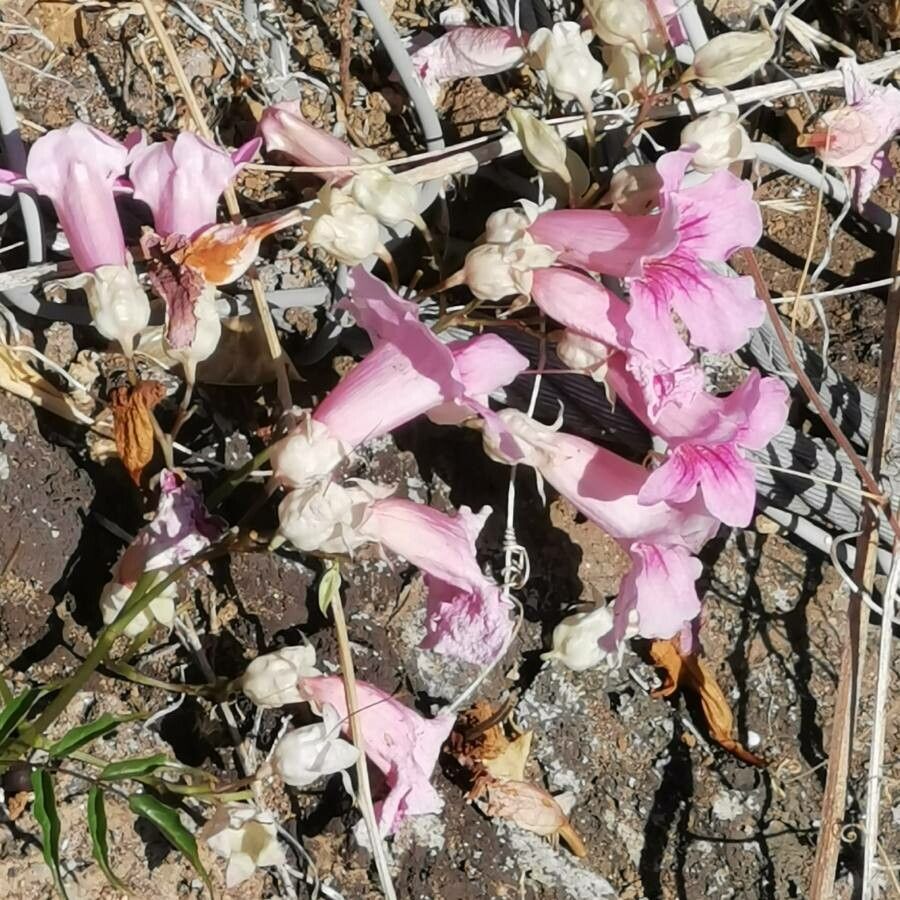Unveiling the Secrets of Penstemon Ambiguus: A Propagation Guide for Beginners
Penstemon ambiguus, also known as the sand beardtongue, is a captivating wildflower renowned for its delicate beauty and vibrant hues. Native to the arid regions of western North America, this resilient plant thrives in dry, sunny conditions, gracing gardens with its charming presence. If you’re looking to welcome the allure of Penstemon ambiguus into your own outdoor haven, propagation offers a rewarding journey to cultivate these stunning flowers from scratch.
This guide unveils the secrets of propagating Penstemon ambiguus, equipping you with the knowledge and techniques to successfully grow these beauties from seed or cuttings.
Method 1: Starting from Seed
Seed Collection and Preparation: Collect mature seed capsules from existing Penstemon ambiguus plants in late summer or fall. Allow the capsules to dry thoroughly, then gently break them open to extract the tiny, black seeds.
Sowing Time: For best results, aim to sow your Penstemon ambiguus seeds indoors approximately 6-8 weeks before the last expected frost in your area.
Sowing Medium and Conditions: Prepare a well-draining seed starting mix. Moisten the mix and sprinkle the seeds evenly over the surface. Gently press the seeds into the mix without burying them – Penstemon ambiguus seeds require light for germination.
Germination: Cover the seed tray with a clear plastic dome or wrap to create a humid environment. Place the tray in a warm, brightly lit location, maintaining a temperature of around 70-75°F (21-24°C). Germination typically occurs within 2-3 weeks.
- Transplanting Seedlings: Once your Penstemon ambiguus seedlings have developed at least two sets of true leaves, they are ready to be transplanted into individual pots or outdoors after the danger of frost has passed.
Method 2: Propagating from Cuttings
Cutting Selection and Timing: The optimal time for taking Penstemon ambiguus cuttings is in late spring or early summer during the plant’s active growing season. Select healthy, non-flowering stems that are about 3-4 inches long.
Preparing Cuttings: Using a sharp, clean knife or pruning shears, make a cut just below a leaf node. Remove the lower leaves from the cutting, leaving only a few at the top.
Rooting Hormone (Optional): While not strictly necessary, dipping the cut end of the stem in rooting hormone can encourage faster and more successful root development.
Planting and Care: Insert the prepared cuttings into a well-draining rooting medium, such as a mix of perlite and peat moss. Maintain a consistently moist environment around the cuttings, misting them regularly.
- Transplanting: After 4-6 weeks, gently tug on the cuttings to check for root development. Once roots have formed, transplant the rooted cuttings into individual pots or into your garden after the last frost.
Nurturing Your Penstemon Ambiguus
Whether you’ve propagated your Penstemon ambiguus from seed or cuttings, providing the right growing conditions is crucial for their success. These hardy wildflowers thrive in full sun to partial shade and prefer well-drained soil. Water them deeply but infrequently, allowing the soil to dry out slightly between waterings.
With proper care and attention, your propagated Penstemon ambiguus plants will reward you with their breathtaking blooms year after year, transforming your garden into a haven of delicate beauty and natural charm.

